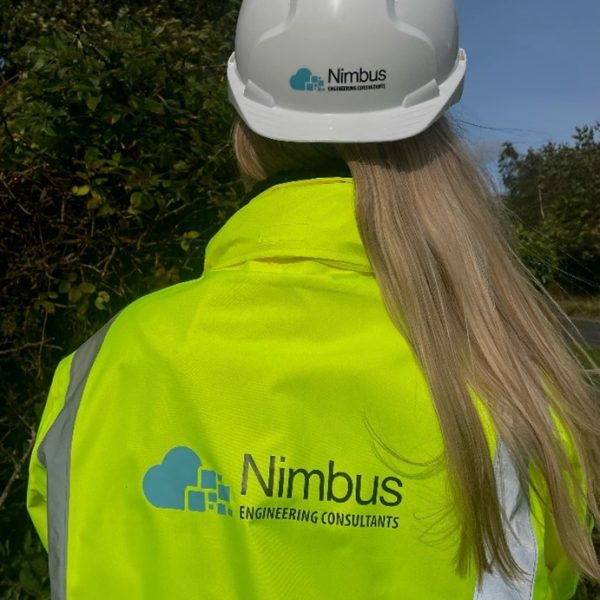Bre365 Percolation Test
BRE365 Percolation Tests establish whether the ground at the site of a new development is suitable for infiltration forms of Sustainable Urban Drainage Systems (SuDS), such as soakaways. The BRE365 infiltration or percolation test measures the water absorption rate of the soil to determine whether the ground conditions are appropriate, and ultimately whether the surface water arising as the result of development proposals can be dealt with and treated at source, and ultimately not having to be conveyed to the surface water networks or rivers, and overloading these to cause flooding.
These reports are often used as part of planning applications or planning condition discharge, especially where infiltration forms of Sustainable Urban Drainage Systems (SuDS) are recommended. Sustainable Urban Drainage Systems (SuDS) aim to alleviate drainage problems by dealing and treating surface water runoff at source, or by attenuating this and then releasing it back into the surface water network at a much lower rate.
Send a Message

What is a Soakaway?
Soakaways are a natural underground drainage system that stores surface water run-off before allowing it to discharge into the ground. Soakaways are a crucial part of SuDS as they are very high up in the SuDS hierarchy or Surface water management train as these ensure that no surface water runoff leaves the site and ultimately ends up in the local surface water network, watercourses or Rivers, and hence overloading these to cause flooding.
Soakaways must be able to release the volume of water it stores relatively quickly into the ground. This is so that it always has the necessary capacity to receive high levels of run-off in the event of a storm and heavy rainfall.
Soakaways are sustainable and effective options for developments, as infiltration is a natural process, which recharges the underlying aquifers, and are low maintenance. If installed correctly, Soakaways will last you at least 100 years.
Why are Percolation and Soakaway Tests Important?
Percolation tests should be carried out in the design stage of development, as part of the ground investigation, before construction commences.
BRE 365 Percolation Tests follow the guidance of the Building Research Establishment (BRE). The process will calculate the Soil Infiltration Rate, which then allows us to calculate the size of any proposed Soakaway or other infiltration device, based on a 1 in 100-year storm event plus 40% climate change allowance.
In simple terms, a BRE365 percolation or infiltration test measures how fast water drains from the soil. Once established, the correct Soakaway or infiltration device size can be calculated which ultimately informs our final design.
According to the BRE365 guidance, soakaways should discharge from full to half-volume within 24 hours, and this is to ensure that the soakaway or other proposed infiltration device has enough capacity to deal with another storm event within that 24 hours.

WHY AM I BEING ASKED TO HAVE A BRE365 PERCOLATION TEST CARRIED OUT AT PLANNING APPLICATION STAGE?
Local Planning Authorities (LPA) and Lead Local Flooding Authorities (LLFA) request SuDS reports at planning application stage, to ensure that development proposals have considered the surface water runoff arising from a development and have feasible proposals in place prior to commencing a development. The main reason for this is that SuDS do require space, and all infiltration devices must be located a minimum of 5 metres away from a habitable building.
Obviously, most developers want to make the most of the available space on a development therefore, there may not be any space for a soakaway. Therefore, should the BRE365 percolation pass and there not be available space for a soakaway, the planning authority may ask the client to change the site layout in order to provide space to allow infiltration.
Therefore, typically for major developments where a desktop geological study shows underlying geology with potential for infiltration, the LPA and LLFA will request that a BRE365 infiltration test is carried out on the site, in order to show that the SuDS hierarchy has been followed, and also should the test fail, this allows us to investigate further methods of restricted surface water disposal in order to ensure that SuDS can be included in the development and that there is somewhere for any restricted surface water discharge to be conveyed.
Moreover, sites with high clay content soil and/or a high water table are also not suitable areas for a Soakaway.
Carrying out a Percolation Test demonstrates to your local authority you have conducted the necessary steps to find out this information as part of your planning application.
Send a Message

Choose Nimbus for Your Percolation Testing
We provide on-site Percolation Tests to BRE365 to provide you with the infiltration rate at your development site, our team work closely with our engineers and liaise with them during the test process, this allows us to keep the whole process in house.
If your planning application requires a Sustainable Urban Drainage Strategy (SuDS), and a desktop geological assessment shows the underlying geology to be suitable. A BRE365 Percolation test will be essential to determine whether a Soakaway is feasible for your site, as well as allowing us to calculate the size of this.
Get in touch with us today to discuss your site’s requirements. As experts in specialising in Flood Risk, Surface Water Management & Drainage Design (including SuDS Design) we would be happy to help!
Contact us on 0800 0614916 or [email protected]
Choose Nimbus
We always provide the most up-to-date advice about surface water drainage and SuDS and can provide you with fast and cost-effective reports that deliver you a drainage strategy that will always meet national and local policies. We are confident we can produce a report that will achieve you planning approval through providing the information needed by local planning authorities.
As environmental consultants, we can give you early-stage advice for sustainable drainage designs to integrate into your development, allowing you to work around any constraints or risks, in a natural and ecological way. We can then provide the reports and assessments that will give you SuDS strategy, with the required level of detail, to minimise surface water run-off from your proposed development, using best practice methods and calculations.

We're always on hand to answer your questions.
Get in touch to discuss your project
by filling out our form below.

